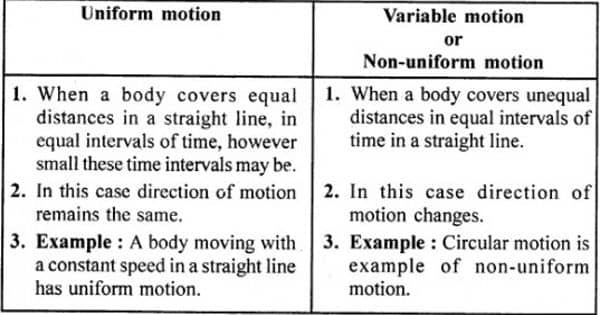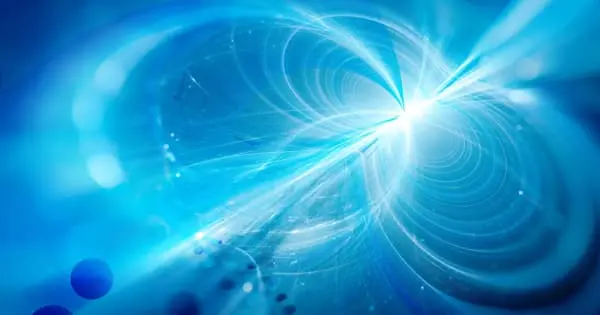It is normal to anticipate a bubble to pop soon when you blow it. They are, after all, delicate constructions that combine a variety of strange physical phenomena in a small shimmering shell. However, a group of scientists has now created one that can endure for 465 days. The findings, which were published in the journal Physical Review Fluids, aren’t focused on soap bubbles, which only last a minute or so at best. Evaporation or gravity drainage cause regular bubbles to lose liquid (This instability actually tested in space). Inner gas also diffuses back into the environment through the thin soap and water membrane. A POP is the result of all of these impacts.
Scientists have been researching techniques to improve the stability of bubbles. One approach is to build a gas marble by combining water and tiny plastic beads and blowing air into them to create a bubble. The team was curious as to how long they could last, and it turns out that the sky is the limit. They made bubbles using a mixture of water and nylon particles, and others with the same mixture plus glycerol (also known as glycerin), a cosmetics ingredient. The water and nylon bubbles stayed put for a few minutes until popping roughly an hour later.
The ones that had glycerol added to the mix lasted substantially longer. The bubbles lived for more than 100 days, with the sturdiest (surely an unusual descriptor for a bubble) lasting 465 days, according to the researchers. The secret is a combination of glycerol and nanobeads that prevent the bubble from bursting due to physical processes that would ordinarily cause it to break. “We show that covering a bubble water shell with microparticles inhibits gravity-induced drainage and that adding glycerol leads to a stable state, where water evaporation is counterbalanced by glycerol’s hygroscopicity, which absorbs water molecules in ambient air,” the researchers wrote in the paper.
“As a result, bubbles can maintain their integrity for more than a year in a typical atmosphere, with no notable changes in their radius.” The group could potentially create a variety of shapes. Long-lasting bubbles are more about applications in the construction of more stable foams, as well as techniques to trap harmful gases, than they are for amusement. There is still a lot of mystery around the objects’ qualities, so explorations beyond applications will be fascinating.
















